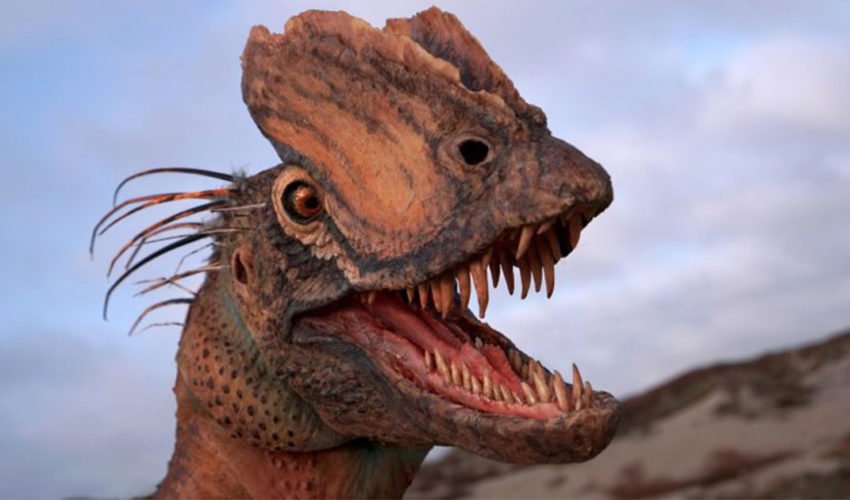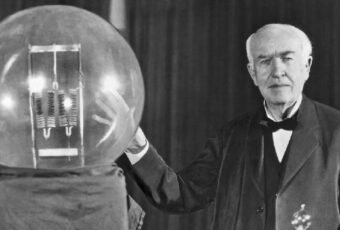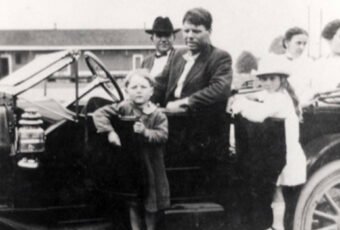Newly discovered fossils and the most detailed analysis of Dilophosaurus have produced a clear picture of what the creature looked like.
In the 1993 film Jurassic Park, an evil character meets its demise after an encounter with Dilophosaurus. The film depicted Dilophosaurus as — not much taller than human — it morphs into a real threat when it extends a large next frill, spits venom in the man’s eye, and also hisses.
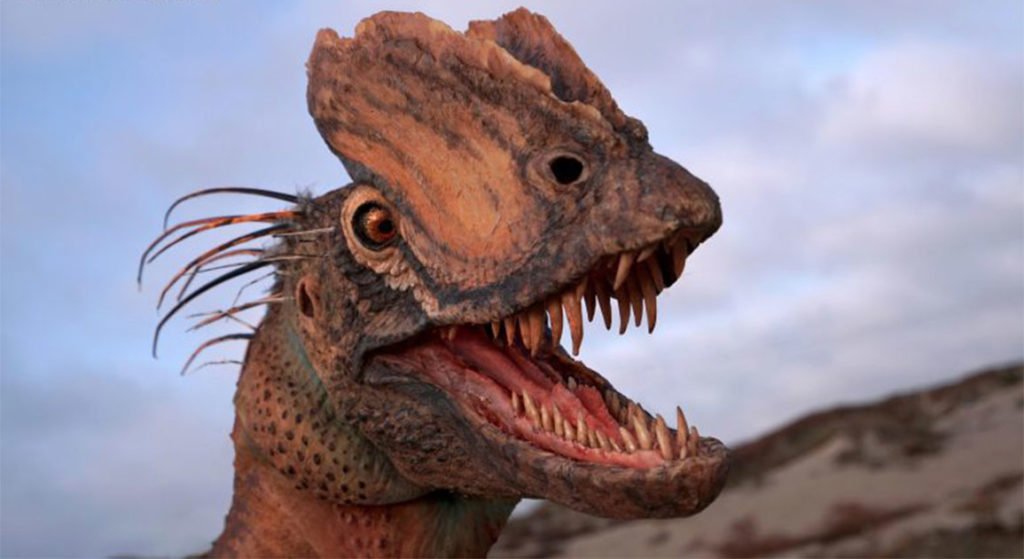
“I call Dilophosaurus the best worst-known dinosaur,” said Adam Marsh, a paleontologist at the Petrified Forest National Park in Arizona. Adam led a thorough re-description of the species, published in the Journal of Paleontology.
Although it was discovered more than 80 years ago, Dilophosaurus remained poorly understood.
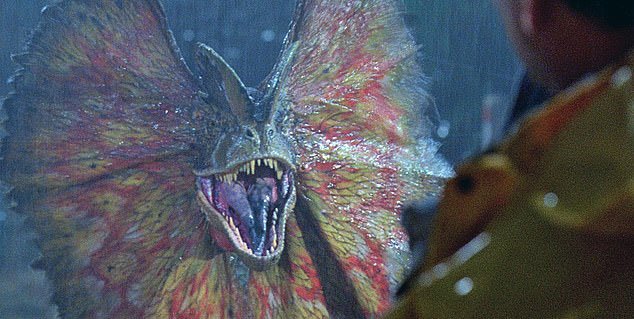
The new analysis includes two unstudied fossil specimen from Arizona which provides the first clear picture of what Dilophosaurus was like in real life.
Rather then what the film presented the species as venom spitting and neck frill to subdue its prey, Dilophosaurus was a powerful predator and one of the largest land animals in North American when it lived in the Jurassic Period. The Jurassic period lasted from about 201 to 170 million years ago.
Marsh said: “It’s a lot bigger than people would think from watching Jurassic Park”
Plaster Versions of Bones and Fossils
Jesse Williams, a man from Navajo found the first specimens of Dilophosaurus in 1940 on Navajo Nation land near Tuba City Arizona. Two years later Williams showed the fossils he found to paleontologists including Samuel Wells at the Univesity of California, Berkeley. Samuel Wells named it as new species in 1954.
It was then reconstructed as the dinosaur for display using plaster versions of bone to fill in for the missing fossils. Although the resulting dinosaur was “intentionally made it look like[the different predator] Allosaurus… because it was going on a wall mount and they wanted to make it look complete,” Marsh said.
Study in 1954 and an additional research published by Wells in 1984 didn’t reveal that which bones were actual fossils and which were plaster parts.
Additional research based on the early papers led to confusion about where Dilophosaurus was more closely related to turkey-size Triasssic Carnivores, such as Coelophysis, or even larger Jurassic species, such as Ceratosaurus and Allosaurs.
“It just wasn’t clear after 1984 if they were talking about real anatomy or something described from plaster”. With no one spending time and resources on further study, the confused picture of the animal’s anatomy continued for decades.
Rediscovering Dilophosaurus
To find out more, Marsh spent seven years studying each of the three most complete Dilophosaurus skeletons, owned by the Navajo Nationa and located at IC Berkeley. In addition to the three complete Diliphosaurus skeletons, Marsh also examined the two unstudied specimens found on Navajo land two decades ago by the University of Texas at Austin paleontologist Timothy Rowe, a coauthor of the new research who was Marsh’s Ph. D. advisor.
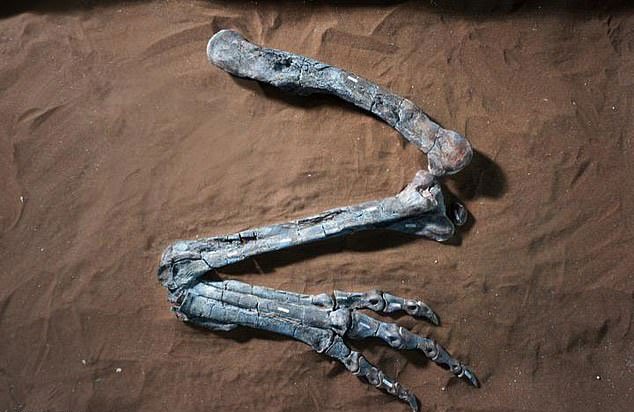
The early research on Dilophosaurus suggested that it had weak jaws and a fragile crest – this might have influenced the depiction of the animal as a slender dinosaur that spat venom in the 1990 Jurassic Park. Certain parts which are included in the movie do not have any basis in fossil evidence such as venom or the neck frill.
The new fossils were not known from the earlier specimens, it included a complete hind leg and several parts of the skeleton – in addition to that the braincase and pelvis and the bone suggest that the Dilophosaurus had strong jaws equipped with powerful muscles.
It was 20 feet long – about half the size of a full-grown T rex – and weighed three-quarters of a ton, meaning it would have easily taken large prey that lived alongside in the same environment.
“Dilophosaurus is clearly built for being a big macropredator,” Marsh says. “It’s a large-bodied animal that was built for eating other animals.”
Martin Ezcurra, a paleontologist who studies meat-eating dinosaurs said: The work is a “very welcome description of this animal, it’s very interesting that the authors have increased the number of specimens… telling us that Dilophosauruswas more common in early Jurassic ecosystems than we thought”
Crested Dinosaurs
One of the features shown in the Jurassic Park that was accurate was the double crest the runs along the top of the creature’s snout. Similar to a deer’s antlers or a peacock’s tail the crest might have been brightly colored in real life and could have been used to intimidate rivals or woo their mates.
Despite being built of thin bone, the crest was strengthened with a honeycomb of air pockets to strengthen and protect it. Mars and Rowe also found that the air pockets continue through the braincase and other bones of the skeletons, which also give s a hint at how Dilophosaurus’ ancestors developed lighted skeletons. It allowed them to attain greater sizes without being crippled by their own weight and becoming North America’s first large meat-eating dinosaurs.
The space in the crest joins up with the animal’s nasal passages may have been attached to inflatable air sacs for display. However this theory is yet to be tested by other paleontologists using the newly published anatomical data.
Dilophosaurus, Cryolopgosaurus and other crested dinosaurs were only around for a short time in evolutionary terms – tens of millions of years – before they were replaced by species such as Ceratosaurus and Allosaurus. The head crests are much less common in later dinosaurs because these animals began to develop feathers.
“In many ways, Dilophosaurus is a keystone species for our understanding of theropods in the early Jurassic,” Makovicky says. “But the literature on it has been outdated for a very long time.”
